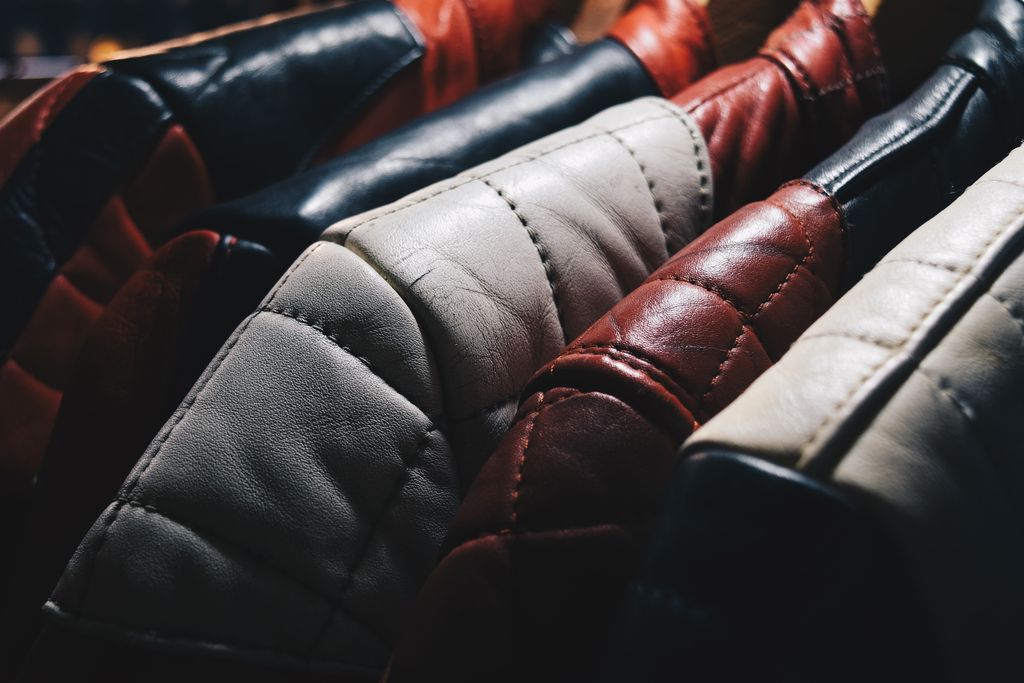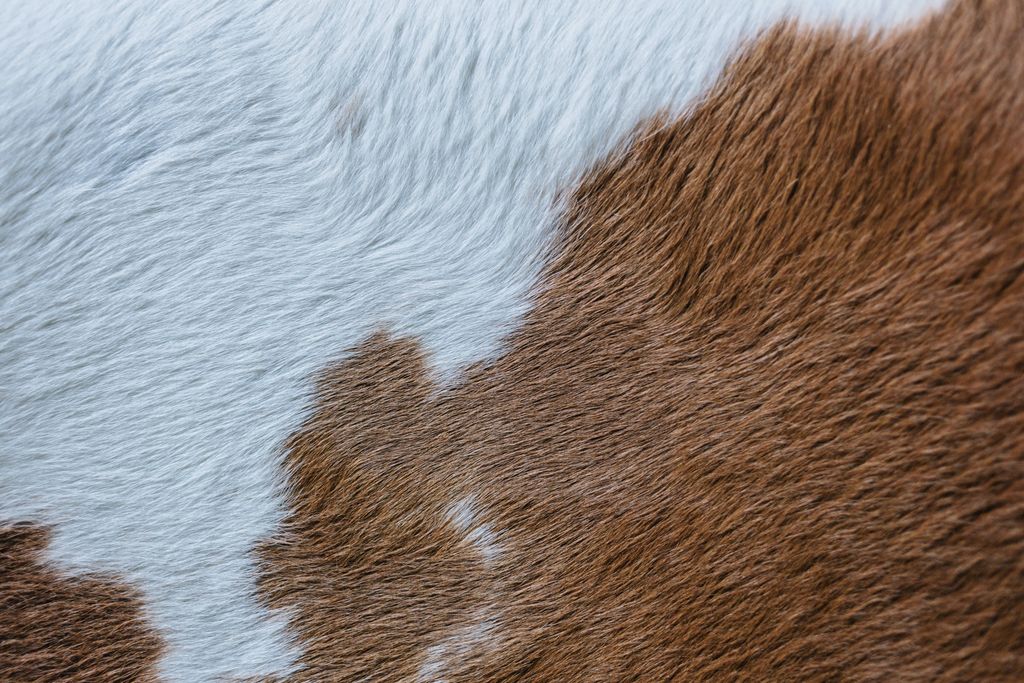Indeed, leather garments can withstand wear and tear and last in your closet for decades, becoming an heirloom item to pass down to future generations. However, it is also a questionable material when it comes to sustainability. Issues centering around greenhouse gas emissions, deforestation, and waste, are the main points of its controversy. Even though the topic of animal cruelty also adds up to the reason why leather shed a special concern, this article will focus on the damage these leathers could give to the environment, and how we, as the industry's primary target, should be aware of the matter.
Sadly, the leather industry is one of the largest sources of greenhouse gasses. It accounts for roughly 14.5 percent of all human-created greenhouse gasses emitted each year on a global scale. Most of the leather comes from cattle and rainforests in the Brazilian Amazon which are constantly being slashed and burned to create more grazing space.
 Leather Jacket/ Foto: Robbie Noble/Unsplash Leather Jacket/ Foto: Robbie Noble/Unsplash |
For the good of it, a lot of people have shifted their interest to vegan leather or pleather, for a more eco-friendly choice. But does that make pleather a more sustainable option? To say the least, it's a bit complicated.
Don't let the word 'vegan' trick you into thinking it's a better alternative than genuine leather. Pleather possesses materials that are easier and cheaper to make. Unlike real leather materials that are derived from animals' skin, the most common vegan leather is crafted from petroleum-based plastic namely polyvinyl chloride (PVC). It is made with fossil fuels that are harmful to both humans and the environment.
Since it's made out of plastic, its durability isn't the best--you can only use it for a short period of time, depending on how you treat them. But then again, with its easy-to-be-scratched fabrics, most pleather will age way much faster than genuine leather until you can't further put it to good use. The PVC materials used within pleather aren't biodegradable, so they will only pollute landfills or water for years until they can finally degrade. So yes, you managed to avoid animal cruelty, but it is still bad for the long-term impact on the environment, isn't it?
Real leather is not much different either. While its durability is unquestionable, the tanning process is also something we need to take into consideration. Leather needs to be tanned to permanently alter the protein structure of the skin so that it will be durable and less susceptible to decomposition and coloring. However, the most common method in the tanning process requires the hide to be placed in a chromium salt bath--which is harmful and toxic to aquatic ecosystems and human health.
 Cow Skin/ Foto: Erol Ahmed/Unsplash Cow Skin/ Foto: Erol Ahmed/Unsplash |
Then, as a consumer, what should we do? Is there ever really a better alternative, or should we boycott leather products instead?
You can still opt for an eco-friendly leather product, in which its manufacturing progress uses vegetable-based tanneries material. That way, it won't harm the environment as much as genuine leather and vegan leather. However, this is rather a less common method since it's more expensive and requires special skill sets.
Nowadays, fashion brands are starting to use innovative solutions of plastic-free vegan options, like the most popular one Piñatex, a natural textile made from pineapple leaf fiber. While these leather alternatives may still use some petroleum-based products to hold the fibers together, it is significantly less than what's used in PVC leather (pleather).
Then again, it all comes back to your personal values and ethics when considering where you spend your money. If animal-derived products are something you can't compromise with, vegan leather might be an option, even if it's basically plastic. If you're passionate about reducing plastic use and fossil fuels, real leather or plant-based leather are the option to go. If none of these options seems fitting for you, consider sticking to plant-based fibers garments like linen or cotton. The decision lies in your hands, but remember, being conscious of the environment when shopping for your closet is a step in the right direction.



